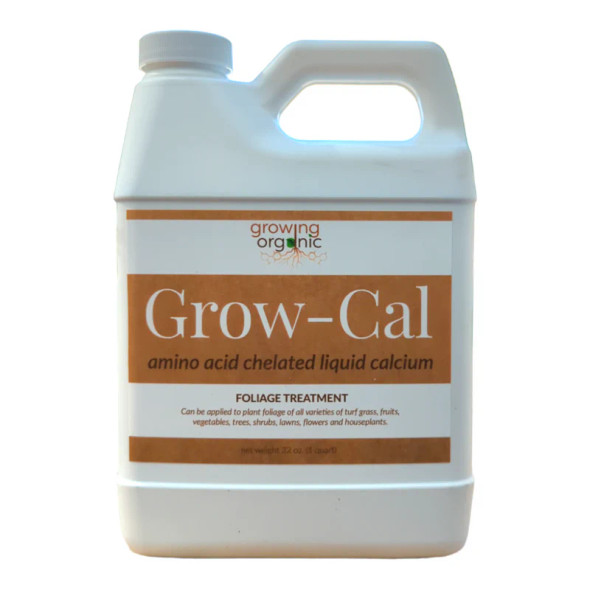Build-A-Soil
Build A Soil Premium Montmorillonite (Calcium Bentonite) - 4LB
- SKU:
- 109562
- UPC:
- 200000180010
Description
Montmorillonite is used as a soil additive to increase the CEC of the soil and dramatically enhance the soil profile through natural micronutrients. This Montmorillonite is so premium it can be used internally to treat a variety of ailments. Find more info here at http://www.montmorillonite.org/"The results of my research and findings on the natural clay mineral MONTMORILLONITE, are as follows:
1. The mineral absorbs toxic substances from the intestinal tract, and at the same time possesses a healing and soothing quality.
2. The absorptive power of this natural clay - mineral compound is very great. It absorbs gaseous substances - and aids in regularity.3. The natural clay mineral helps supply mineral trace elements that may be lacking in the diet.
4. The natural trace elements act as catalysts which aid in metabolism, and cell building.
5. These minerals form a gel-like substance that acts as a protective coating in the intestinal tract.
6. These minerals contain both ferrous and ferric iron. Ferrous irons for the hemoglobin (red coloring-matter of the blood) formation, and ferric irons for the muscular cells.
7. Minerals function in maintaining osmotic pressure and influence contractility of muscles.
8. Minerals enter into the synthesis of every living cell and they influence the vital processes of oxidation, secretion, growth, and reproduction.
9. Mineral elements are essential to the structure of certain complex chemical compounds, which influence the course of metabolism."
Similar to many other clays, montmorillonite swells with the addition of water. Montmorillonite expands considerably more than other clays due to water penetrating the interlayer molecular spaces and concomitant adsorption. The amount of expansion is due largely to the type of exchangeable cation contained in the sample. "An interesting side-light on the background of this rare, natural Montmorillonite mineral, is written and told by many persons who have delved into its history. It is told that deposits were rare and greatly esteemed by the Indians. Medicine Men wandered for hundreds of miles in search of the cherished minerals." "The most outstanding form of Montmorillonite, in my many years of experimenting with trace elements, is the brown trace mineral from Panaca, Nevada, processed by New World Minerals Company. The Panaca Montmorillonite deposit is superior to all other known deposits. All of the other deposits of which I am aware, were formed by volcanic action which means that most of the elements present are in the inorganic state, and are not really assimilated by animals and humans. Inorganic minerals such as dolomite, ferrous sulfate, zinc gluconate and calcium gluconate when ingested, must be made soluble in the stomach. At the same time protein is hydrolyzed into amino acids. When both are done, and conditions are right, the mineral is chelated by the amino acids, meaning suspended between two or more amino acids. Once chelated the mineral can be metabolized." "The Panaca deposit was formed by heavy sedimentation of mineral elements in plant and animal marine life such as seaweed, shrimp and algae. In this form the minerals were naturally chelated in the plant and animal organism, or in other words, "in organic form."







